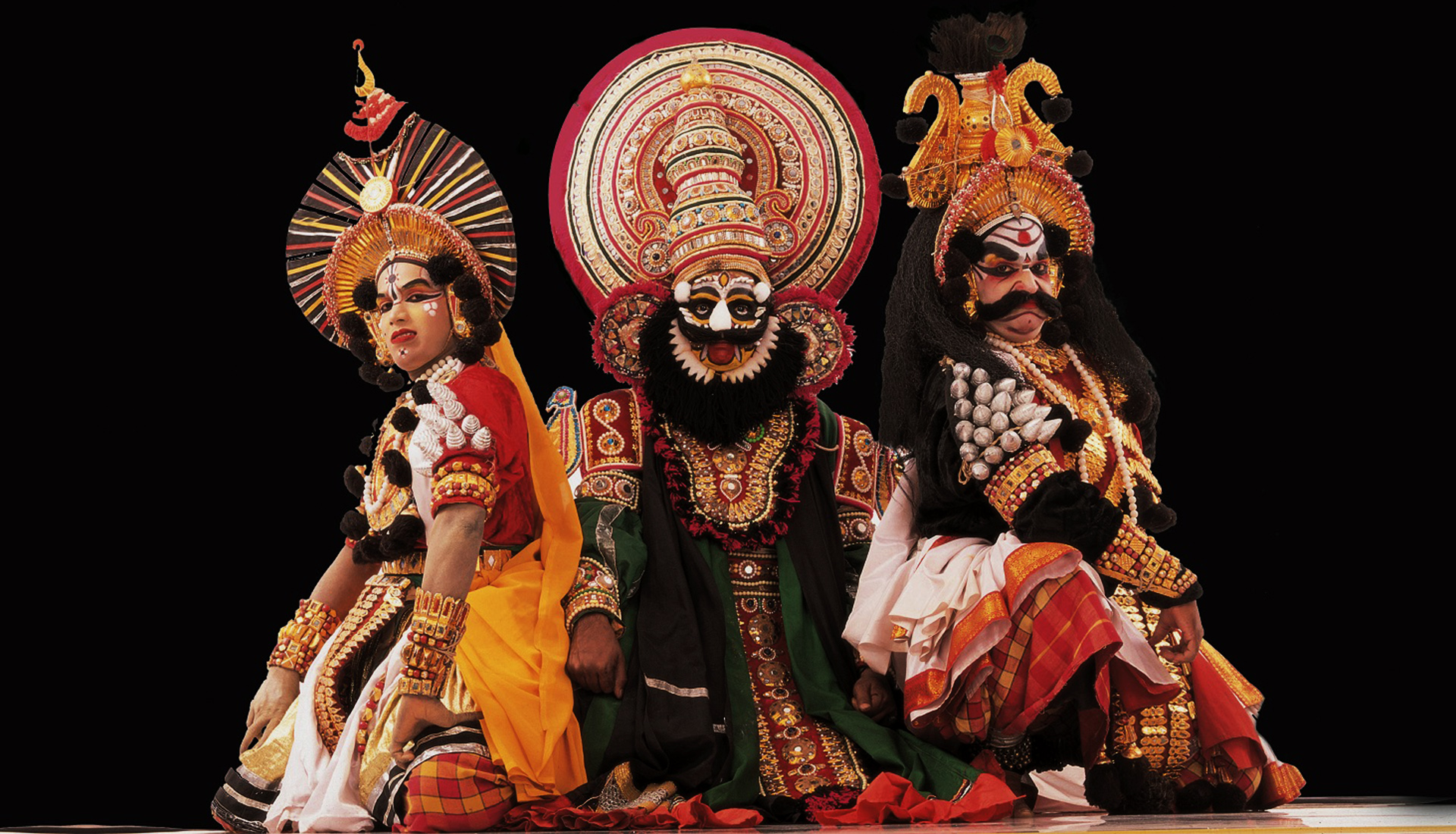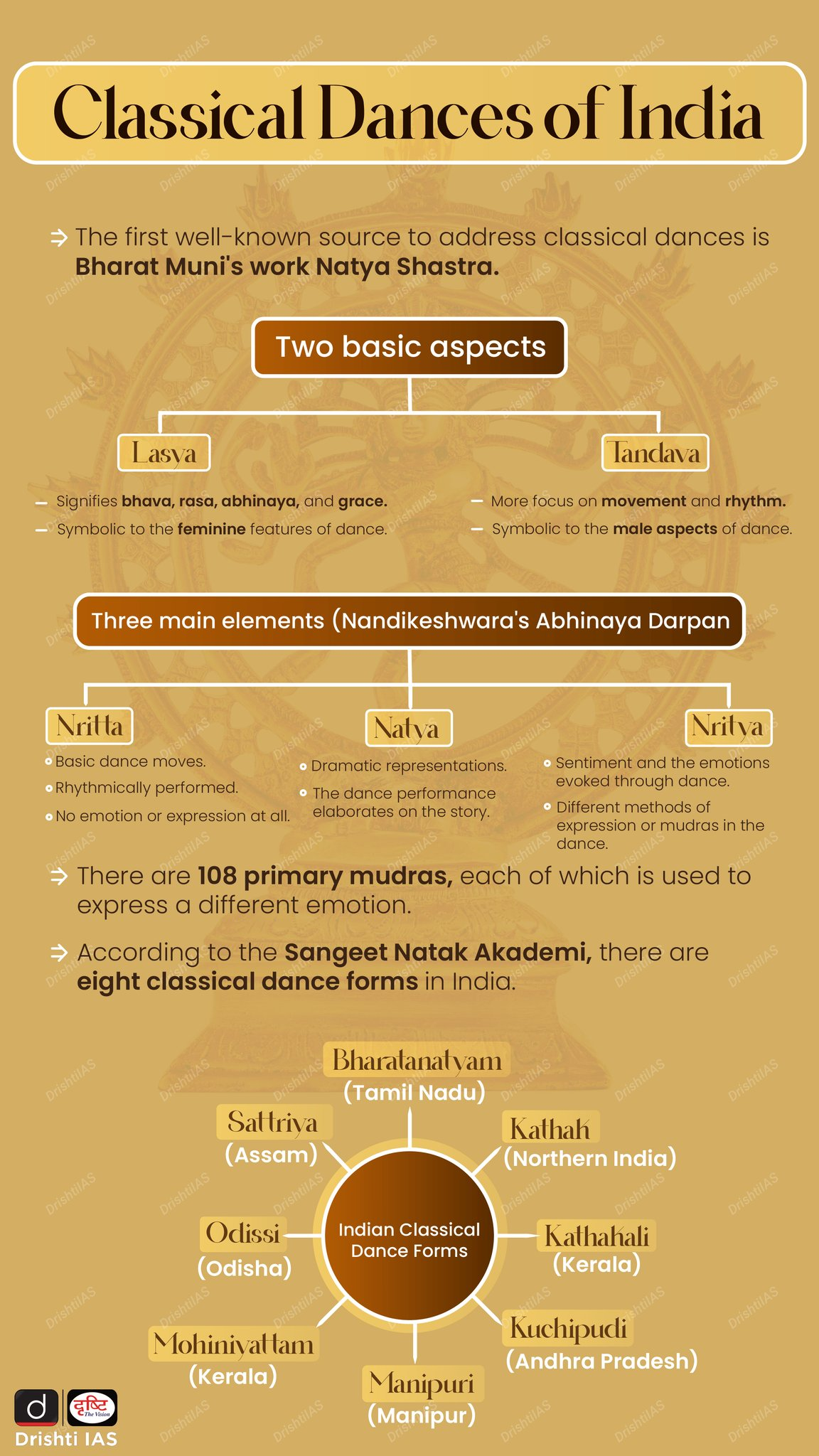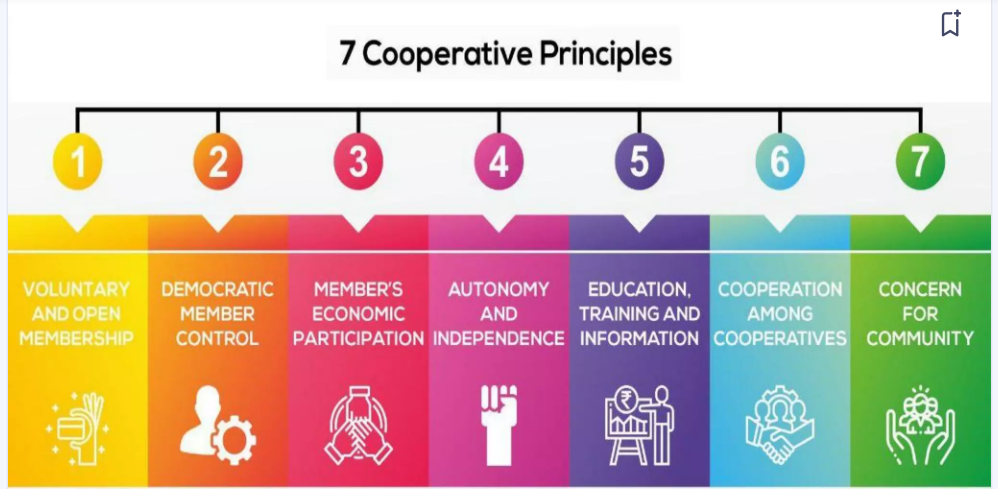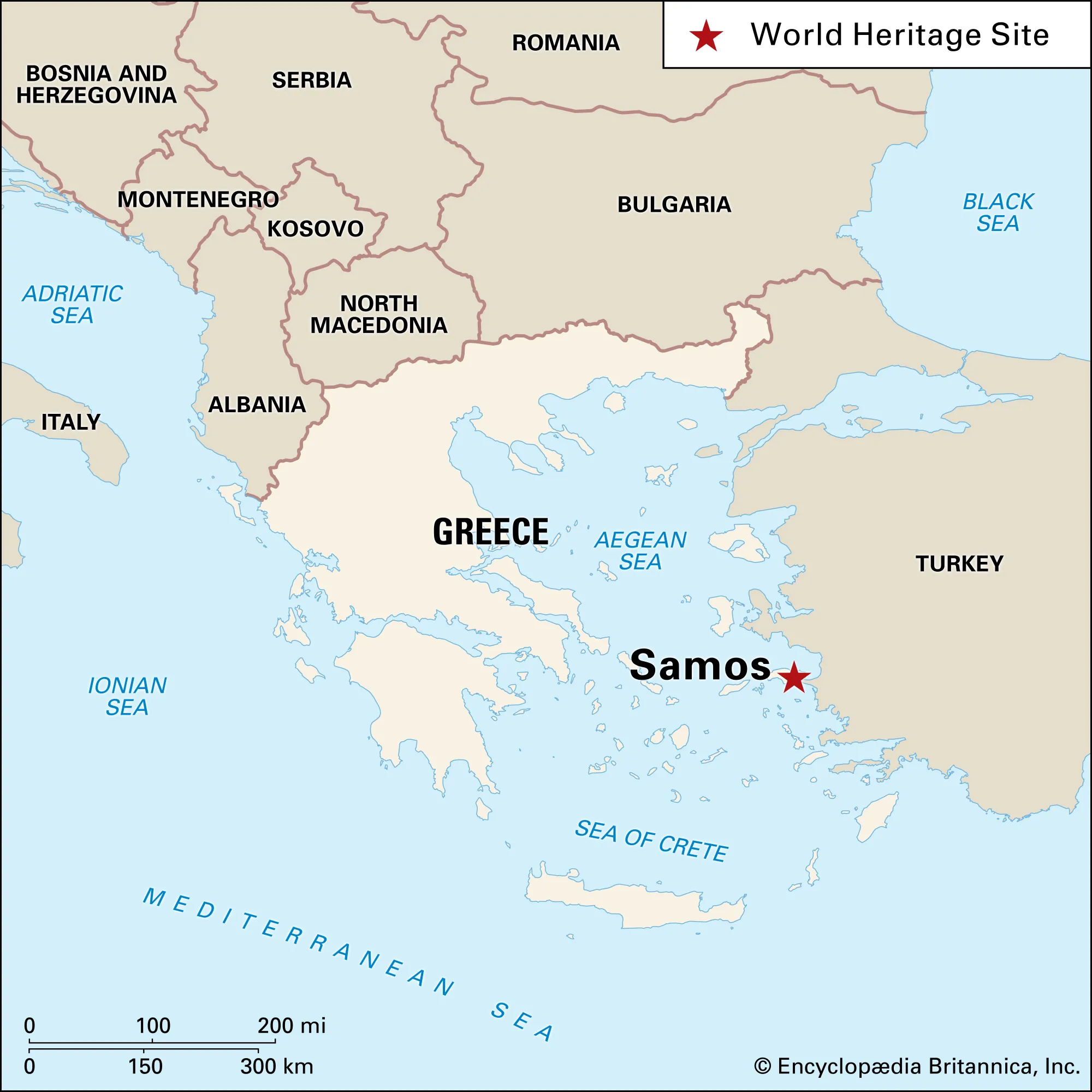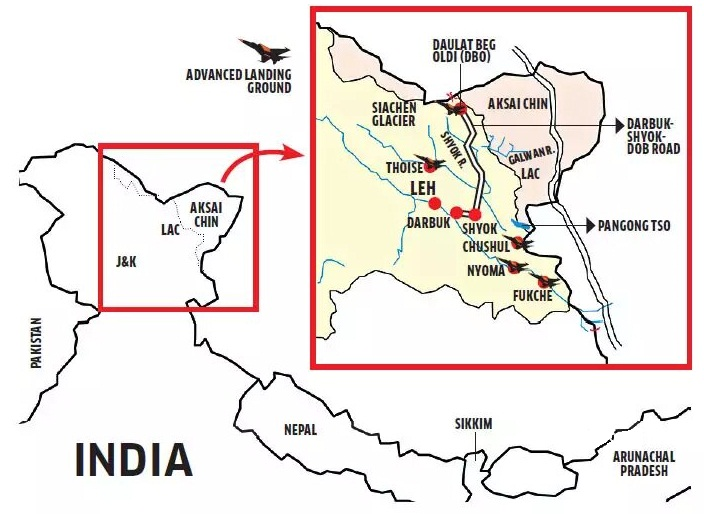Infographics
Governance
SC Upholds EVM and VVPAT System
For Prelims: Supreme Court, Electronic Voting Machines (EVMs), Voter verifiable paper audit trail (VVPAT), General Elections, Parliament, State Legislature, Panchayats, Municipalities, Bharat Electronics Limited (BEL), Electronics Corporation of India Limited (ECIL), Standardisation Testing and Quality Certification (STQC), EVM Management System, Election Commission.
For Mains: Electoral Reforms in India, Transparency in Elections.
Why in News?
Recently, the Supreme Court (SC) dismissed a PIL which sought re-introduction of ballot papers in place of Electronic Voting Machines (EVMs) and Voter verifiable paper audit trail (VVPAT).
- SC emphasized that EVMs are often questioned only in the wake of electoral losses, reaffirming confidence in their mechanism and the safeguards in place.
What is the Controversy Regarding EVMs?
- Controversy: Some political parties have claimed EVM tampering before elections, especially after losing, raising doubts about their reliability.
- In 2009, the losing party in the 2009 General elections raised concerns about the reliability of EVMs.
- Following the conclusion of voting in the 2019 Lok Sabha elections, the opposition parties have again raised the issue of integrity of EVMs.
- In 2020, the controversy resurfaced after assembly elections in five states.
- Election Commission's Response: The Election Commission has consistently defended the reliability of EVMs citing studies by technical experts to assert that the machines cannot be hacked or tampered with.
- Supreme Court Response: SC held that a number of technical safeguards and administrative protocols with stringent checks have been put in place to prevent EVM tampering and rejected the plea for a return to ballot papers as unsound.
What are EVMs and VVPATs?
- About EVMs: EVMs are portable instruments for the purpose of conducting elections to the parliament, state legislature and local bodies like panchayats and municipalities.
- It is a microcontroller-based instrument and is designed for a single post and a single vote.
- Components of EVMs: An EVM is designed with two units i.e., the control unit and the ballot unit. These units are joined together by a cable. It ensures that the polling officer verifies your identity.
- Control Unit: The control unit of the EVM is kept with the presiding officer or the polling officer.
- Ballot Unit: The balloting unit is kept within the voting compartment for electors to cast their votes.
- Evolution of EVMs in India:
|
Year |
Event |
|
1977 |
Concept of EVM conceived. |
|
1979 |
Prototype developed by ECIL, Hyderabad. |
|
1980 |
EVMs demonstrated by the Election Commission in August ; directives issued under Article 324. |
|
1982 |
EVMs used in Kerala's Parur by-elections; legality challenged by the SC. |
|
1988 |
Representation of People Act amended (Section 61A) to empower ECI to use EVMs. |
|
1990 |
The Dinesh Goswami Committee recommended EVMs as technically sound and secure. |
|
1998 |
EVMs used in 16 Assembly elections. |
|
1999-2000 |
Expanded use in 46 parliamentary seats (1999) and Haryana Assembly polls (2000). |
|
2001 |
Full use in Tamil Nadu, Kerala, Puducherry, and West Bengal Assembly elections. |
|
2004 |
EVMs used nationwide in Lok Sabha elections. |
|
2013 |
VVPAT was introduced via amendment to the Conduct of Election Rules; first used in Nagaland by-election. |
|
2019 |
First Lok Sabha election fully backed by VVPAT. |
- About VVPAT: VVPAT enables voters to confirm that their votes are recorded as intended.
- When a vote is cast, a slip showing the serial number, candidate's name, and symbol is printed.
- It is visible through a transparent window for 7 seconds before being automatically cut and stored in a sealed box.
What are the Various Safeguards to Ensure EVM Integrity?
- Technical Safeguards:
- Functionality: EVMs consist of a Control Unit (CU), Ballot Unit (BU), and VVPAT.
- VVPAT allows visual verification by printing a slip with the candidate’s name, symbol, and serial number.
- Microcontroller Security: The microcontrollers are One-Time Programmable (OTP) and cannot be altered after manufacturing.
- Any physical attempt to access the microcontroller disables the machine permanently.
- Manufacturing: Only trusted Public-Sector Undertakings (PSUs) like Bharat Electronics Limited (BEL) and Electronics Corporation of India Limited (ECIL) manufacture EVMs.
- Standalone Operation: EVMs operate without wired or wireless connectivity, eliminating remote manipulation risks.
- Advanced M3 EVMs (Post-2013): It features tamper detection to disable the machine if accessed unauthorizedly, and mutual authentication to block unauthorized devices.
- EVM Management System (EMS 2.0): It tracks and manages EVM movements, ensuring security during transportation and storage.
- Functionality: EVMs consist of a Control Unit (CU), Ballot Unit (BU), and VVPAT.
- Administrative Protocols:
- First-Level Check (FLC): Visual inspection, cleaning, and functionality tests are conducted by engineers from BEL/ECIL.
- Dummy symbols are loaded for mock polls to verify performance.
- Randomised EVM Allocation: EVMs are randomly allocated to assembly constituencies and polling stations to avoid predetermined assignments.
- Randomisation is done using the EMS 2.0 system in the presence of Election Commission observers.
- Candidate Setting: Candidate details in EVMs, called 'Commissioning', are loaded only after the final candidate list is available.
- Mock Polls are conducted at multiple stages, including before polling day, to ensure accuracy.
- Counting Day Procedures: EVMs are brought to counting tables under CCTV surveillance.
- Random cross-verification of VVPAT slips from 5 polling stations per assembly constituency is conducted.
- EVM Storage Protocols: Stored in strongrooms with single entry/exit points, under CCTV and armed police surveillance.
- Double-lock systems are employed, with keys held by separate officials, and GPS-tracked vehicles are used to transport EVMs after polling.
- Periodic Inspections: District Election Officers conduct monthly inspections of EVM warehouses to ensure secure storage conditions.
- First-Level Check (FLC): Visual inspection, cleaning, and functionality tests are conducted by engineers from BEL/ECIL.
What are Advantages of the EVM-VVPAT Over Ballot Papers?
- No External Input: EVMs run on batteries or power packs, making them operational in remote areas, unlike paper ballots, which require lighting and other facilities for manual counting.
- Elimination of Invalid Votes: Voting on EVMs is done by pressing a button, ensuring no invalid votes, a problem often associated with incorrectly marked or torn ballot papers.
- Prevention of Booth Capturing: EVMs are programmed to allow only four votes per minute, making rapid fraudulent voting in booth-capturing scenarios highly unlikely.
- Once the 'Close' button on the control unit is pressed, no further votes can be cast.
- Accurate Counting and Voter Verification: EVMs facilitate fast and error-free counting of votes, eliminating the manual errors and delays.
- Voters get instant feedback via a beep and can verify their vote through the VVPAT slip.
- Transparency in Vote Count: The Control Unit’s 'Total' button displays the number of votes cast without revealing candidate-wise results, ensuring transparency while maintaining the secrecy of votes.
- Prevention of Pre-Programming Manipulation: The EVM's original program, which is neutral to political parties and candidates, is embedded in the microcontroller during manufacturing, long before elections.
- The inability to know candidate serial numbers in advance makes it impossible to pre-program EVMs for spurious purposes.
Conclusion
EVMs with VVPAT have revolutionized Indian elections, offering efficiency, accuracy, and transparency over traditional ballot papers. Despite scepticism, stringent technical safeguards and administrative protocols ensure their integrity. While concerns persist, the Supreme Court and Election Commission uphold EVMs as secure, reinforcing trust in India's democratic processes.
|
Drishti Mains Question: Discuss the role of Electronic Voting Machines (EVMs) in ensuring free and fair elections in India. Highlight the technical and administrative safeguards in place to prevent tampering. |
UPSC Civil Services Examination Previous Year Questions (PYQ)
Prelims
Q. Consider the following statements: (2017)
- The Election Commission of India is a five-member body.
- Union Ministry of Home Affairs decides the election schedule for the conduct of both general elections and bye-elections.
- Election Commission resolves the disputes relating to splits/mergers of recognised political parties.
Which of the statements given above is/are correct?
(a) 1 and 2 only
(b) 2 only
(c) 2 and 3 only
(d) 3 only
Ans: (d)
Mains
Q. In the light of recent controversy regarding the use of Electronic Voting Machines(EVM), what are the challenges before the Election Commission of India to ensure the trustworthiness of elections in India? (2018)
Q. To enhance the quality of democracy in India the Election Commission of India has proposed electoral reforms in 2016. What are the suggested reforms and how far are they significant to make democracy successful? (2017)


Biodiversity & Environment
India and the High Seas Treaty
For Prelims: High Seas Treaty, United Nations Convention on the Law of the Sea, Exclusive Economic Zones, Sustainable Development Goals, Ocean acidification, Blue economy, Mission LiFE, Convention on Biological Diversity
For Mains: Treaty on the High Seas, Significance for India, International Maritime Law and Ocean Governance, International Treaties in Environmental Protection
Why in News?
India signed the High Seas Treaty, formally known as the Biodiversity Beyond National Jurisdiction (BBNJ) Agreement, in September 2024, marking a major milestone in international ocean governance.
- However, implementation and geopolitical challenges raise concerns about its effectiveness.
What is the High Seas Treaty?
- About: The BBNJ Agreement developed under the framework of United Nations Convention on the Law of the Sea (UNCLOS) focuses on conserving and sustainably using marine biological diversity in areas beyond national jurisdiction, which are beyond the 200 nautical miles (370 km) of Exclusive Economic Zones (EEZs)
- The BBNJ Agreement once it enters into force becomes the third implementing agreement under the UNCLOS, complementing:
- The 1994 Part XI Implementation Agreement (focused on mineral resource exploration in the international seabed).
- The 1995 UN Fish Stocks Agreement (focused on conserving and managing straddling and migratory fish stocks).
- The agreement contributes to achieving Sustainable Development Goals (SDGs), particularly SDG 14 (Life Below Water).
- The BBNJ Agreement once it enters into force becomes the third implementing agreement under the UNCLOS, complementing:
- Need: High seas cover 64% of the ocean surface and 43% of the Earth’s area. They are home to about 2.2 million marine species and up to a trillion microorganisms.
- These areas belong to no nation, allowing equal rights for navigation, economic activities, and scientific research.
- In 2021, an estimated 17 million tonnes of plastic were dumped into oceans, with this number expected to rise. Lack of accountability leads to overexploitation, biodiversity loss, pollution, and ocean acidification.
- The treaty is vital for ensuring sustainable resource use, protecting biodiversity, and holding polluters accountable.
- Objectives of the Treaty:
- Marine-Protected Areas (MPAs): Focuses on establishing and regulating areas where ocean systems, including biodiversity, are under stress due to human activities or climate change, akin to national parks or wildlife reserves on land.
- These areas aim to conserve marine biodiversity and ecosystems.
- Marine Genetic Resources: Ensuring equitable sharing of benefits arising from the use of marine genetic resources, including drug development, and promoting open access to knowledge generated from these resources.
- Environmental Impact Assessments (EIA): Mandating prior EIAs for activities potentially harmful to marine ecosystems, including those within national jurisdictions that may affect the high seas, with public disclosure of the assessments.
- Capacity Building and Technology Transfer: Focuses on supporting small island states and landlocked nations in conservation efforts and enabling them to benefit from sustainable marine resource use through capacity building and technology transfer.
- Marine-Protected Areas (MPAs): Focuses on establishing and regulating areas where ocean systems, including biodiversity, are under stress due to human activities or climate change, akin to national parks or wildlife reserves on land.
- Signing and Ratification: The treaty would become international law 120 days after at least 60 countries submit their formal ratification documents. According to the High Seas Alliance, as of November 2024, 105 countries have signed the treaty, but only 15 of them have ratified and submitted it.
Note
Ratification is the process by which a country legally commits to an international law, distinct from signing,
- Signing indicates that a country agrees with the provisions of the international law concerned, and is willing to abide by it. Until ratified, a country is not legally bound to follow the law.
What is the Significance of the High Seas Treaty for India?
- Economic Benefits from Blue Economy: India’s blue economy contributes 4% of its GDP, with eco-tourism, fisheries, and aquaculture providing millions of jobs, especially in coastal areas like Kerala.
- Countries like those in Africa and India, with fleets mainly operating in their EEZs, are vulnerable to exploitation by foreign fleets in international waters.
- The treaty could help regulate fishing in these areas, ensuring sustainable use.
- The Pradhan Mantri Matsya Sampada Yojana (PMMSY), aims to boost the fisheries sector. Signing the High Seas Treaty will help protect fisheries and unlock new revenue in sustainable marine industries.
- Addressing Climate Change: The Treaty’s focus on marine ecosystems as carbon sinks is vital for combating climate change.
- For India, healthy marine ecosystems serve as buffers against coastal erosion, extreme weather, and rising sea levels.
- The treaty promotes nature-based solutions (NbS) like seascape restoration and MPAs, crucial for protecting coral reefs, which are at risk of collapse due to global warming.
- India's support for the treaty could play a key role in reversing coral reef decline.
- Alignment with SDGs and Global Commitments: Ratifying the High Seas Treaty would align India with SDGs 13(Climate Action) and 14, reinforce its Nationally Determined Contributions (NDCs) under the Paris Agreement, 2015 and support Mission LiFE (Lifestyle for Environment) and SAGAR Initiative.
- It would position India as a global leader in sustainable development and marine biodiversity protection.
What Challenges Does the High Seas Treaty Face?
- Lack of Ratification: The High Seas Treaty faces significant challenges, including slow ratification, with only 15 of 105 signatories approving it, due to geopolitical concerns.
- Disputes over maritime territories, such as in the South China Sea, hinder the creation of MPAs.
- Countries in Southeast Asia and those bordering the Bay of Bengal fear that MPAs may undermine sovereignty and national economic interests, complicating the balance between conservation and national priorities.
- Marine Genetic Resources: The treaty's provisions on sharing benefits from marine genetic resources raise accountability concerns, with the risk that wealthier nations may monopolize profits, marginalizing less-developed states and exacerbating existing inequities.
- Overlap with Existing Frameworks: The High Seas Treaty may conflict with the Convention on Biological Diversity (CBD) due to overlapping provisions on marine genetic resources, area-based management tools, and EIAs.
- The overlap with existing frameworks could fragment ocean governance, complicating enforcement and hindering smaller states' compliance with international norms.
- Lack of Clarity in Implementation: The Treaty sets broad objectives but lacks clear implementation guidelines, leading to inconsistent application.
- While EIAs are mandated, the treaty lacks specified procedures for conducting and enforcing EIAs, which could limit its effectiveness, especially in regions with limited capacity.
- It also neglects ongoing environmental damage from activities like oil and gas exploration and It fails to address the interconnectedness of marine ecosystems, particularly the impact of EEZ activities, such as overfishing and pollution, on high seas ecosystems.
- While EIAs are mandated, the treaty lacks specified procedures for conducting and enforcing EIAs, which could limit its effectiveness, especially in regions with limited capacity.
- Capacity-Building and Technology Transfers: The treaty lacks enforceable mechanisms for technology transfer, can potentially exclude low- and middle-income countries from its benefits and perpetuate inequalities.
- Additionally, many regions lack robust institutions to monitor and enforce treaty provisions. Conflicting domestic and international legal standards further dilute its effectiveness.
How Can the High Seas Treaty Address its Implementation Gaps?
- Integration of Coastal and High-Seas Governance: Develop a cohesive framework linking high-seas management with coastal regulations. Coastal states should align domestic laws with international norms for better synergy.
- Incentivizing Compliance: Offer technical and financial assistance to Global South nations for capacity-building.
- Wealthier nations must ensure equitable resource sharing and fund development efforts.
- Strengthening Enforcement Mechanisms: Establish robust monitoring and accountability frameworks. Enhance transparency through international oversight of EIAs and profit-sharing mechanisms.
- Building Political Consensus: Resolve geopolitical tensions, particularly in disputed regions like the South China Sea. Foster multilateral cooperation to ensure the treaty’s success.
United Nations Convention on the Law of the Sea
- UNCLOS, often referred to as the "Constitution of the Oceans," is an international law that defines the rights and duties of nations regarding the use of seas and oceans, covering sovereignty, passage rights, and economic usage.
- It demarcates marine areas into five main zones namely- Internal Waters, Territorial Sea, Contiguous Zone, Exclusive Economic Zone (EEZ) and the High Seas.
|
Drishti Mains Question: How does the High Seas Treaty align with India’s commitment to Sustainable Development Goals, and what impact could it have on India’s blue economy? |
UPSC Civil Services Examination Previous Year Question (PYQ)
Prelims
Q. With reference to the United Nations Convention on the Law of Sea, consider the following statements:
- A coastal state has the right to establish the breadth of its territorial sea up to a limit not exceeding 12 nautical miles, measured from baseline determined in accordance with the convention.
- Ships of all states, whether coastal or land-locked, enjoy the right of innocent passage through the territorial sea.
- The Exclusive Economic Zone shall not extend beyond 200 nautical miles from the baseline from which the breadth of the territorial sea is measured.
Which of the statements given above are correct?
(a) 1 and 2 only
(b) 2 and 3 only
(c) 1 and 3 only
(d) 1, 2 and 3
Ans: (d)
Exp:
- Under limits of the territorial sea every State has the right to establish the breadth of its territorial sea up to a limit not exceeding 12 nautical miles, measured from baselines determined in accordance with this Convention. Hence, statement 1 is correct.
- Under INNOCENT PASSAGE IN THE TERRITORIAL SEA, Subject to this Convention, ships of all States, whether coastal or land-locked, enjoy the right of innocent passage through the territorial sea. Hence, statement 2 is correct.
- The exclusive economic zone is an area beyond and adjacent to the territorial sea, subject to the specific legal regime established in this Part, under which the rights and jurisdiction of the coastal State and the rights and freedoms of other States are governed by the relevant provisions of this Convention. Under this the exclusive economic zone shall not extend beyond 200 nautical miles from the baselines from which the breadth of the territorial sea is measured. Hence, statement 3 is correct.
Mains
Q. With respect to the South China sea, maritime territorial disputes and rising tension affirm the need for safeguarding maritime security to ensure freedom of navigation and overflight throughout the region. In this context, discuss the bilateral issues between India and China. (2018)


Indian Economy
Insurance Sector in India
For Prelims: Insurance, Insurance Regulatory and Development Authority of India (IRDAI), GDP, Foreign Direct Investment, GST, Financial Literacy, Insurance for All by 2047, Statutory Body, Bima Sugam, Bima Vahak, Bima Vistaar, Microfinance, Pradhan Mantri Jan Dhan Yojana, Atal Pension Yojana, Suraksha Bima Yojana, Digital Personal Data Protection (DPDP) Act, 2023.
For Mains: Insurance Sector, Challenges with the Insurance Sector in India and way forward.
Why in News?
Recently, the heads of several general insurance companies in India convened to discuss the challenges facing the insurance sector in the country and shared their insights on the future trajectory of the industry.
What is the Current State of Insurance Sector in India?
- Global Market Position: India ranks as the 10th largest insurance market worldwide and holds the 2nd largest position among emerging markets, with an estimated market share of 1.9%.
- Potential: As per the Insurance Regulatory and Development Authority of India (IRDAI), India will be the 6th largest insurance market within a decade, leapfrogging Germany, Canada, Italy and South Korea.
- The insurance market in India is expected to reach USD 222 billion by 2026.
- Insurance density: It has increased from USD 11.1 in 2001 to USD 92 in 2022.
- The breakdown includes a life insurance density of USD 70 and a non-life insurance density of USD 22.
- Insurance density measures the average insurance premium per person.
- The breakdown includes a life insurance density of USD 70 and a non-life insurance density of USD 22.
- Insurance penetration: It has steadily risen from 2.7% in 2000 to 4% in 2022.
- Insurance penetration is defined as premiums as a percentage of GDP.
- Foreign Direct Investment (FDI): Between 2014-23, the insurance sector has received nearly Rs. 54,000 crore (USD 6.5 billion) in FDI.
- Currently, 74% FDI is allowed in the insurance sector.
- Market Composition: Life Insurance Corporation of India (LIC) remains the sole public sector life insurer, holding 62.58% market share in new business premiums for FY23.
- The private sector's market share in general and health insurance rose from 48.03% in FY20 to 62.5% in FY23.
What are the Challenges in India’s Insurance Sector?
- Low Insurance Penetration: Insurance penetration in India remains low compared to global standards.
- India’s insurance penetration was 4% in 2022 compared to 6.5% globally.
- Affordability Concerns: The perception of high costs, especially with GST rates at 18%, continues to deter potential buyers.
- Distribution Inefficiencies: Reaching underserved regions and demographics, particularly rural and semi-urban areas, remains challenging.
- Rural areas are home to 65% of India’s population, over 90 crore people, yet only 8%-10% have life insurance coverage.
- Lack of Customisation: The lack of customisation options that align with their specific requirements makes health insurance less attractive to potential policyholders.
- Fraud and Risk Evaluation Challenges: Fraudulent claims and inefficient risk evaluation increase costs, causing leakages that diminish overall savings in the insurance ecosystem.
- Digital Transformation Hurdles: Digitizing insurance processes increases cybersecurity risks, making the sector a target for malicious actors seeking sensitive customer data.
- Limited Financial Literacy: The general public's low financial literacy hampers the ability to make informed decisions regarding insurance products.
- In India, 1 in 5 health insurance policy owners are unaware of basic policy terms despite purchasing the policy on their own.
What is IRDAI?
- IRDAI, founded in 1999, is a regulatory body created with the aim of protecting the interests of insurance customers.
- It is a statutory body under the IRDAI Act, 1999 and is under the jurisdiction of the Ministry of Finance.
- It regulates and sees to the development of the insurance industry while monitoring insurance-related activities.
- The powers and functions of the Authority are laid down in the IRDAI Act, 1999 and Insurance Act, 1938.
Insurance for All by 2047
- About: IRDAI aims to achieve ‘Insurance for All’ by 2047, ensuring that every citizen has comprehensive life, health, and property insurance coverage, and enterprises are supported with appropriate insurance solutions.
- 3 Pillars: Insurance customers (Policyholders), Insurance providers (insurers) and Insurance distributors (intermediaries)
- Focus Areas:
- Making available right products to right customers
- Creating robust grievance redressal mechanism
- Facilitating ease of doing business in the insurance sector
- Ensuring the regulatory architecture is aligned with the market dynamics
- Boosting innovation
- Competition and distribution efficiencies while mainstreaming technology and moving towards principle based regulatory regime.
What are Government Initiatives to Increase Insurance Coverage?
Way Forward
- Product Simplification: Develop simple, easy-to-understand products to attract a broader audience, ensuring affordability and financial inclusivity, particularly for rural and under-penetrated segments.
- Enhancing Accessibility: Expand programs like Bima Sugam, Bima Vahak, and Bima Vistaar to improve distribution channels, especially in remote areas.
- They are part of Bima Trinity, a project of IRDAI to make insurance products more accessible to the public.
- Bancassurance Expansion: Allow corporate agents to expand insurer partnerships, by collaborating with banks and microfinance institutions.
- Leveraging Government Schemes: Build upon existing programs like Pradhan Mantri Jan Dhan Yojana, Atal Pension Yojana, and Suraksha Bima Yojana to bring vulnerable populations under the insurance umbrella.
- Technology Adoption: Utilize AI-powered tools for hyper-personalized offerings, claims processing, and fraud detection, ensuring faster and more efficient service delivery.
- Adopt advanced encryption to comply with the Digital Personal Data Protection (DPDP) Act, 2023, enhancing customer trust.
|
Drishti Mains Question: Analyze the main challenges faced by the insurance sector in India. What strategies can be adopted to overcome these challenges? |
UPSC Civil Services Examination Previous Year Questions (PYQ)
Prelims
Q. In India, under cyber insurance for individuals, which of the following benefits are generally covered, in addition to payment for the loss of funds and other benefits? (2020)
- Cost of restoration of the computer system in case of malware disrupting access to one’s computer
- Cost of a new computer if some miscreant wilfully damages it, if proved so
- Cost of hiring a specialized consultant to minimize the loss in case of cyber extortion
- Cost of defence in the Court of Law if any third party files a suit
Select the correct answer using the code given below:
(a) 1, 2 and 4 only
(b) 1, 3 and 4 only
(c) 2 and 3 only
(d) 1, 2, 3 and 4
Ans: (b)
Q. Consider the following statements: (2020)
- Aadhaar metadata cannot be stored for more than three months.
- State cannot enter into any contract with private corporations for sharing of Aadhaar data.
- Aadhaar is mandatory for obtaining insurance products.
- Aadhaar is mandatory for getting benefits funded out of the Consolidated Fund of India.
Which of the statements given above is/are correct?
(a) 1 and 4 only
(b) 2 and 4 only
(c) 3 only
(d) 1, 2 and 3 only
Ans: (b)
Mains
Q. Public health system has limitations in providing universal health coverage. Do you think that private sector could help in bridging the gap? What other viable alternatives would you suggest? (2015)
Q. The product diversification of financial institutions and insurance companies,resulting in overlapping of products and services strengthens the case for the merger of the two regulatory agencies, namely SEBI and IRDA. Justify. (2013)


Important Facts For Prelims
Folk Dance Yakshagana
Why in News?
Tulasi Raghvendra Hegde, a 15-year-old prodigy, has gained recognition as a leading Yakshagana performer. Recently awarded the Young Achiever Award 2024 by the Rotary Club of Madras East.
What is Yakshagana?
- About: Yakshagana is a traditional folk dance-drama from coastal Karnataka, combining dance, music, song, and elaborate costumes.
- Its name, "Yakshagana" translates to "celestial music" (Yaksha meaning celestial and Gana meaning music). and it presents a celestial world through scholarly dialogues and night-long performances.
- Yakshagana performances are held in open-air theatres, often in village paddy fields, after harvest. Traditionally performed by men, women are now increasingly part of Yakshagana Melas(troupes).
- Key Elements of Yakshagana:
- The Act: Each performance focuses on a sub-story (Prasanga) from ancient Hindu epics like the Ramayana or Mahabharata.
- These performances combine stage acting and commentary, with a lead singer or Bhagavatha narrating the story, accompanied by traditional music.
- The Music: Yakshagana music features instruments like Chande (drums), Harmonium, Maddale, Taala (mini metal clappers), and flute, creating a rhythmic atmosphere for the dancers.
- The Dress: Performers wear elaborate and unique costumes, including large headgear, colorful face paint, body costumes, and musical beads on the legs (Gejje).
- These costumes are heavy, requiring great strength, and the performances last several hours.
- The Act: Each performance focuses on a sub-story (Prasanga) from ancient Hindu epics like the Ramayana or Mahabharata.
Folk Dance
- About: It is a traditional dance form passed down through generations, reflecting the community's customs, rituals, and daily life, serving to express identity and transmit cultural heritage.
- Major Folk Dances of India:
|
Region |
Folk Dance Form |
|
Andhra Pradesh |
Burrakatha, Butta Bommalu |
|
Assam |
Bihu |
|
Bihar |
Biraha, Jat-Jatin |
|
Chhattisgarh |
Gaur Maria, Raut Naach |
|
Goa |
Tarangamel, Fugdi |
|
Gujarat |
Garba |
|
Himachal Pradesh |
Charba |
|
Jammu & Kashmir |
Dumhal |
|
Jharkhand |
Chhau (Saraikella) |
|
Karnataka |
Yakshagana, Bhootha Aradhane, Pata Kunitha |
|
Kerala |
Kummi, Kolkali-Parichakali, Padayani, Kaikottikali, Chakyar koothu, Mayilattam |
|
Madhya Pradesh |
Jawara |
|
Manipur |
Thang Ta |
|
Mizoram |
Cheraw |
|
Nagaland |
Rangma |
|
Odisha |
Chhau (Mayurbhanj), Paika, Jhumar, Danda-Jatra, Dalkhai |
|
Punjab |
Bhangra, Giddha, Jhoomar |
|
Rajasthan |
Ghoomar, Kalbelia |
|
Sikkim |
Singhi Chham |
|
Tamil Nadu |
Kummi, Mayilattam |
|
Uttar Pradesh |
Raslila, Dadra |
|
West Bengal |
Chhau (Purulia), Alkap |
UPSC Civil Services Examination, Previous Year Questions (PYQs)
Prelims
Q. Consider the following pairs: (2014)
- Garba : Gujarat
- Mohiniattam: Odisha
- Yakshagana : Karnataka
Which of the pairs given above is/are correctly matched?
A. (i) only
B. (ii) and (iii) only
C. (i) and (iii) only
D. (i), (ii) and (iii)
Ans: (C)


Important Facts For Prelims
ICA Global Cooperative Conference 2024
Why in News?
Recently, India hosted the International Cooperative Alliance (ICA) Global Cooperative Conference in New Delhi for the first time in the organization’s 130-year history.
- The UN International Year of Cooperatives 2025 was launched at the event.
What are the Key Highlights of ICA Global Cooperative Conference 2024?
- About: The conference provides a platform for leaders, policymakers, and stakeholders to address issues, share practices, and strategies for advancing the cooperative movement.
- It is organised by the International Cooperative Alliance (ICA). ICA was established in 1895 to promote the cooperative model.
- Theme: The theme of the conference is “Cooperatives Build Prosperity for All,” which aligns with the Indian Government’s vision of “Sahkar Se Samriddhi” (Prosperity through Cooperation).
- Organisations Involved: The event was organised by Indian Farmers Fertiliser Cooperative Limited (IFFCO) in collaboration with International Cooperative Alliance (ICA), AMUL, KRIBHCO (national level cooperative society), and the Government of India.
- UN International Year of Cooperatives 2025: India’s Prime Minister launched the UN International Year of Cooperatives 2025, centered on the theme “Cooperatives Build a Better World.”
- Postal Stamp: A commemorative postal stamp featuring a lotus was launched. The five petals of the lotus represent the five elements of nature (Panchatatva), highlighting cooperatives' commitment to environmental, social, and economic sustainability.
- Panchatatva includes earth, water, fire, air, and space.
Cooperatives in India
- Constitutional Provision: 97th Constitutional Amendment, 2011 gave constitutional status and protection to cooperatives in India.
- Part IX B (Articles 243-ZH to 243-ZT) was added to the Indian Constitution which deals with cooperative societies and their functioning.
- It made the right to form cooperative societies a fundamental right under Article 19 (1).
- A new Directive Principle of State Policy, Article 43-B, was introduced to promote cooperative societies.
- Promotion of Cooperatives: The Ministry of Cooperation was constituted in 2021 to strengthen cooperative movement and deepen its reach up to grassroots.
- The Union government plans to establish a cooperative university and it also plans to unveil a new cooperative policy.
- Contribution of Cooperatives: India has over 8 lakh cooperatives, and 98% of rural areas are covered by them.
- About 300 million people are associated with cooperatives in India.
UPSC Civil Services Examination, Previous Year’s Question (PYQs)
Prelims
Q. Consider the following statements: (2020)
- In terms of short-term credit delivery to the agriculture sector, District Central Cooperative Banks (DCCBs) deliver more credit in comparison to Scheduled Commercial Banks and Regional Rural Banks.
- One of the most important functions of DCCBs is to provide funds to the Primary Agricultural Credit Societies.
Which of the statements given above is/are correct?
(a) 1 only
(b) 2 only
(c) Both 1 and 2
(d) Neither 1 nor 2
Ans: (b)


Important Facts For Prelims
MACE Telescope in Ladakh
Why in News?
Recently, the Major Atmospheric Cherenkov Experiment (MACE) telescope was inaugurated in Hanle, Ladakh, representing a significant advancement in gamma-ray astronomy.
- It enables scientists to explore gamma rays with energies exceeding 20 billion electron volts (eV), emitted from sources beyond the Milky Way, including pulsars, blazars, and gamma-ray bursts.
What are the Key Features of MACE?
- About MACE:
- Positioned at an altitude of approximately 4.3 kilometers, MACE is the highest imaging Cherenkov telescope globally, making it the largest of its kind in Asia and the second-largest worldwide.
- The MACE uses an Imaging Atmospheric Cherenkov Telescope (IACT) to detect high energy gamma rays indirectly.
- When high-energy gamma rays enter Earth's atmosphere, they create electron-positron pairs, producing Cherenkov radiation.
- MACE captures this faint blue light (Cherenkov radiation) with its sophisticated equipment.
- Its light collector, composed of 356 mirror panels in a honeycomb structure, enhances stability and reflective area.
- Research Objectives:
- The primary goal is to study high-energy gamma rays from cosmic sources.
- MACE seeks to understand dark matter by detecting gamma rays from weakly interacting massive particles (WIMP) annihilation events and investigating WIMPs, which may constitute much of the universe's mass.
- Institution Involved:
- Bhabha Atomic Research Centre (BARC)
- Indian Institute of Astrophysics
- Technological Innovations:
- The telescope features a high-resolution camera with 1,088 photomultiplier tubes that detect and amplify faint signals from Cherenkov radiation.
- Its altitude provides a clear view above atmospheric disturbances, enhancing its observational capabilities.
Telescopes
- A telescope is an optical instrument designed to observe distant objects by collecting and magnifying light or other forms of electromagnetic radiation.
- There are various types of telescopes, including optical telescopes (which observe visible light), radio telescopes (which detect radio waves), and gamma-ray telescopes (which capture high-energy gamma rays).
Gamma Rays and Related Health Hazards
- Gamma rays, high-energy electromagnetic radiation, can penetrate most materials, including human tissue, posing health risks.
- Gamma rays have the shortest wavelength and the highest energy, with each light-particle possessing more than 100,000 electron volts.
- Gamma rays are produced by exotic energetic objects in the cosmos, including rapidly spinning pulsars, supernova explosions, hot whirlpools of matter around black holes, and gamma-ray bursts.
- They are also emitted during radioactive decay or nuclear reactions.
- Exposure to gamma rays can damage cells and DNA, leading to radiation sickness, increased cancer risk, and other long-term effects.
What are other Similar Telescope Projects?
- Indian Astronomical Observatory (IAO):
- The IAO, located in Hanle, is one of the highest astronomical observatories in the world. It is operated by the Indian Institute of Astrophysics (IIA) and features several telescopes, including the Himalayan Chandra Telescope (HCT).
- Dark Sky Reserve:
- A Dark Sky Reserve is a designation given to a place that has policies in place to ensure that a tract of land or region has minimal artificial light interference.
- High Altitude Gamma Ray (HAGAR):
- HAGAR, located at 4270 m in Hanle, Ladakh, is the first high-altitude gamma-ray telescope array designed by utilizing the atmospheric Cherenkov technique. It was designed for a low energy threshold with a minimal mirror area.
- Giant Metrewave Radio Telescope:
- GMRT is an array of thirty fully steerable parabolic radio telescopes of 45 metre diameter. It is operated by the National Centre for Radio Astrophysics of the Tata Institute of Fundamental Research.
UPSC Civil Services Examination Previous Year Question (PYQ)
Prelims
Q. Consider the following phenomena: (2018)
- Light is affected by gravity.
- The Universe is constantly expanding.
- Matter warps its surrounding space-time.
Which of the above is/are the prediction/predictions of Albert Einstein’s General Theory of Relativity, often discussed in media?
(a) 1 and 2 only
(b) 3 only
(c) 1 and 3 only
(d) 1, 2 and 3
Ans: (d)
Q. Recently, scientists observed the merger of giant ‘blackholes’ billions of light-years away from the Earth. What is the significance of this observation? (2019)
(a) ‘Higgs boson particles’ were detected.
(b) ‘Gravitational waves’ were detected.
(c) Possibility of intergalactic space travel through ‘wormhole’ was confirmed.
(d) It enabled the scientists to understand ‘singularity’
Ans: (b)


Rapid Fire
Siddi Community
Recently released film Rhythm of Dammam highlights the marginalised Siddi community in India.
- Origin: They are descendants of African slaves brought by the Portuguese in the late 17th century during the trans-Indian Ocean slave trade.
- They exhibit Negroid physical traits.
- They are also known by different synonyms such as Habshi and Badsha.
- Present-Day Location: They mainly reside along the western coast of India, particularly in the states of Gujarat, Maharashtra, and Karnataka.
- ST Status: In India, the Union government in 2003, classified Siddis under the list of Scheduled Tribes.
- They are also included in the Centre’s list of Particularly Vulnerable Tribal Groups.
- Family System: The community follows a nuclear family system, although extended families exist.
- Cultural Expression: The Siddis are known for their folk music and dances, such as Dhamal and Rasda, with men performing the Dhamal dance.


Rapid Fire
Samos Island
- A shipwreck near the Greek island of Samos led to the deaths of eight migrants, highlighting the ongoing challenges of irregular migration in the region.
- Samos and nearby Aegean islands are key transit points for migrants entering the European Union illegally from Turkey. Over 54,000 migrants have entered Greece illegally in 2024.
- Many face dangerous journeys in unsafe, overcrowded boats, including riskier Mediterranean routes from Libya.
- The Island of Samos is in Greece, located on the Eastern Aegean Sea just 1,700 meters from the Asia Minor Turkish Coast.
- Asia Minor or Anatolia is the westernmost part of Asia, which makes up the majority of modern-day Turkey.
- Samos Island is home to the fortified ancient city (Pythagoreion) and ancient Temple of Hera (Heraion) of Samos, a UNESCO Heritage Site. It is also the birthplace of Pythagoras (Greek philosopher and mathematician)


Rapid Fire
Optical Fibre in Siachen
For the very first time, the Indian Army has successfully installed Optical fibre connectivity at Siachen and Daulet Beg Oldie (DBO) to ensure high-speed broadband connectivity.
- Fiber optic cables use fast-traveling pulses of light to transfer digital information. It relies on total internal reflection for their operation.
- Siachen is the world’s highest and coldest battlefield. It is strategically located between Pakistan on the left and China on the right.
- It is situated to the North of Nubra Valley through which Nubra river flows.
- The Nubra River originates from the Siachen Glacier and is a tributary of the Shyok River, which is part of the Indus River system.
- Additionally, Siachen glacier provides a view of the Nubra valley in the Karakoram ranges.
- Siachen has been under Indian control since 1984, when the Indian Army launched Operation Meghdoot and occupied the glacier on the Saltoro ridge before it fell into Pakistani hands.
- It is situated to the North of Nubra Valley through which Nubra river flows.
- DBO is an Indian military base, located at the Northernmost tip of India in the Karakoram mountains.


Rapid Fire
Norway Apologizes for Historical Assimilation Policies
Norway’s Parliament issued an official apology for the century-long assimilation policies, known as "Norwegianisation," that discriminated against the Sami, Kven, and Forest Finn communities.
- Assimilation Policy promotes integrating diverse groups into the dominant culture, often requiring them to adopt its norms, values, and language, sometimes losing their own cultural identity.
- The Norwegianisation process aimed to erase the cultures and languages of the Sami, Kven, and Forest Finns.
- Indigenous children were taken from their families and sent to state-run schools, where they faced discrimination and forced cultural change.
- Sami: Indigenous people from northern Europe, primarily in Norway, Sweden, Finland, and Russia, are the speakers of the Sami languages, which are endangered.
- Kvens and Forest Finns: Migrants from Finland and Sweden who settled in Norway centuries ago, with distinct cultural practices.



-03-03 3 (1).jpg)
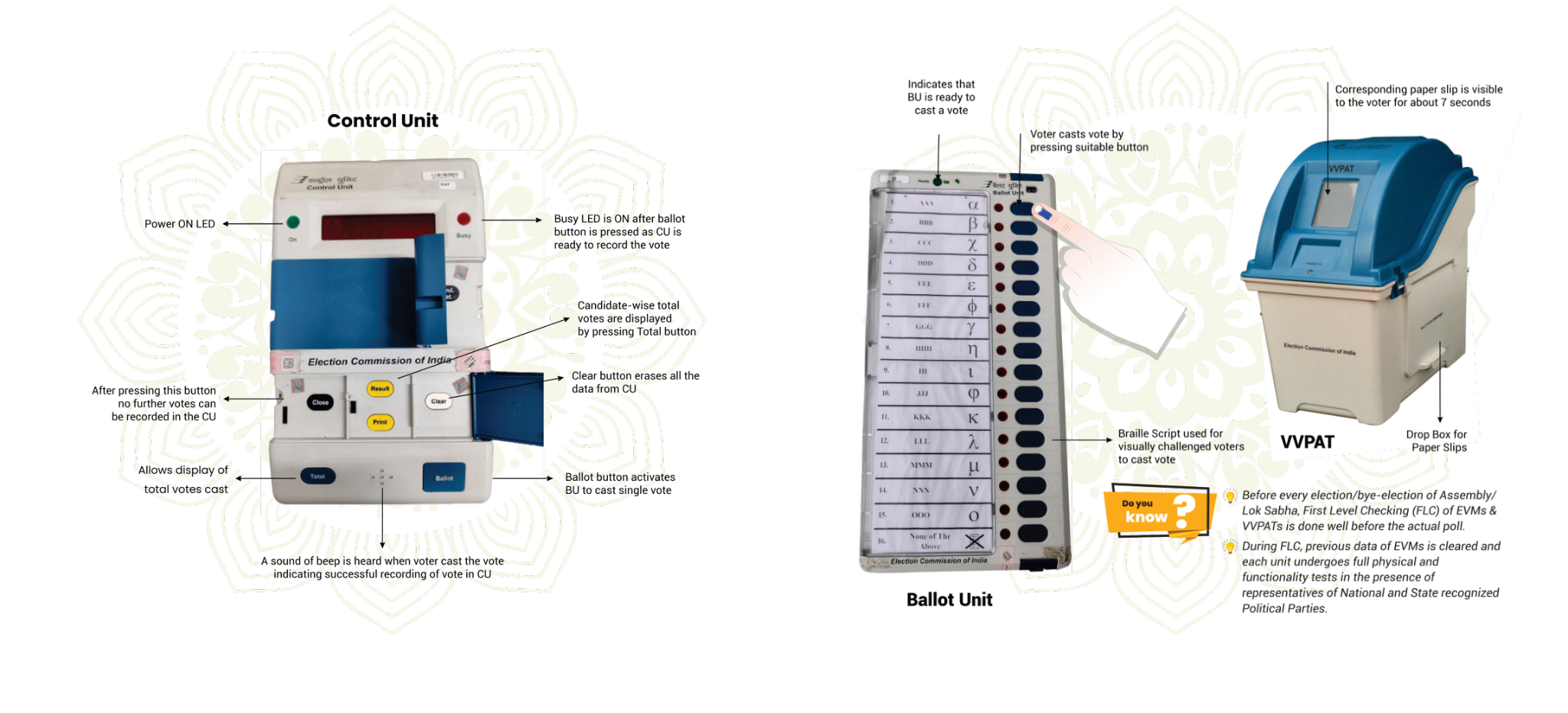
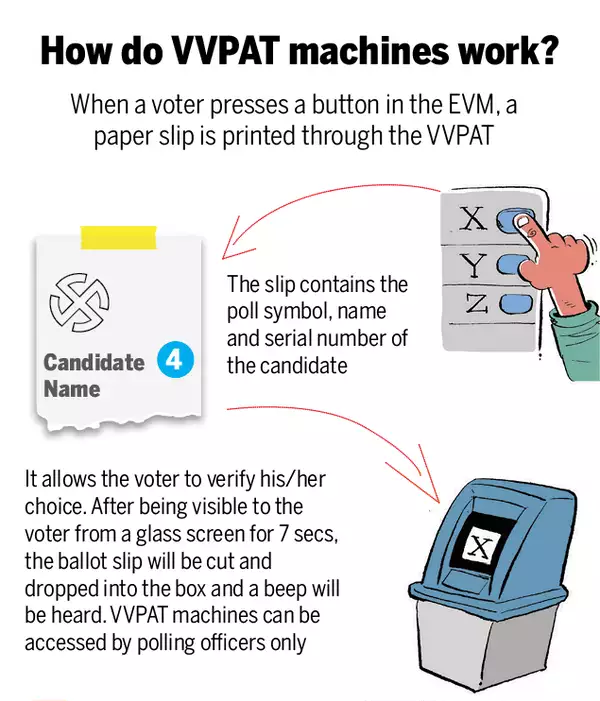
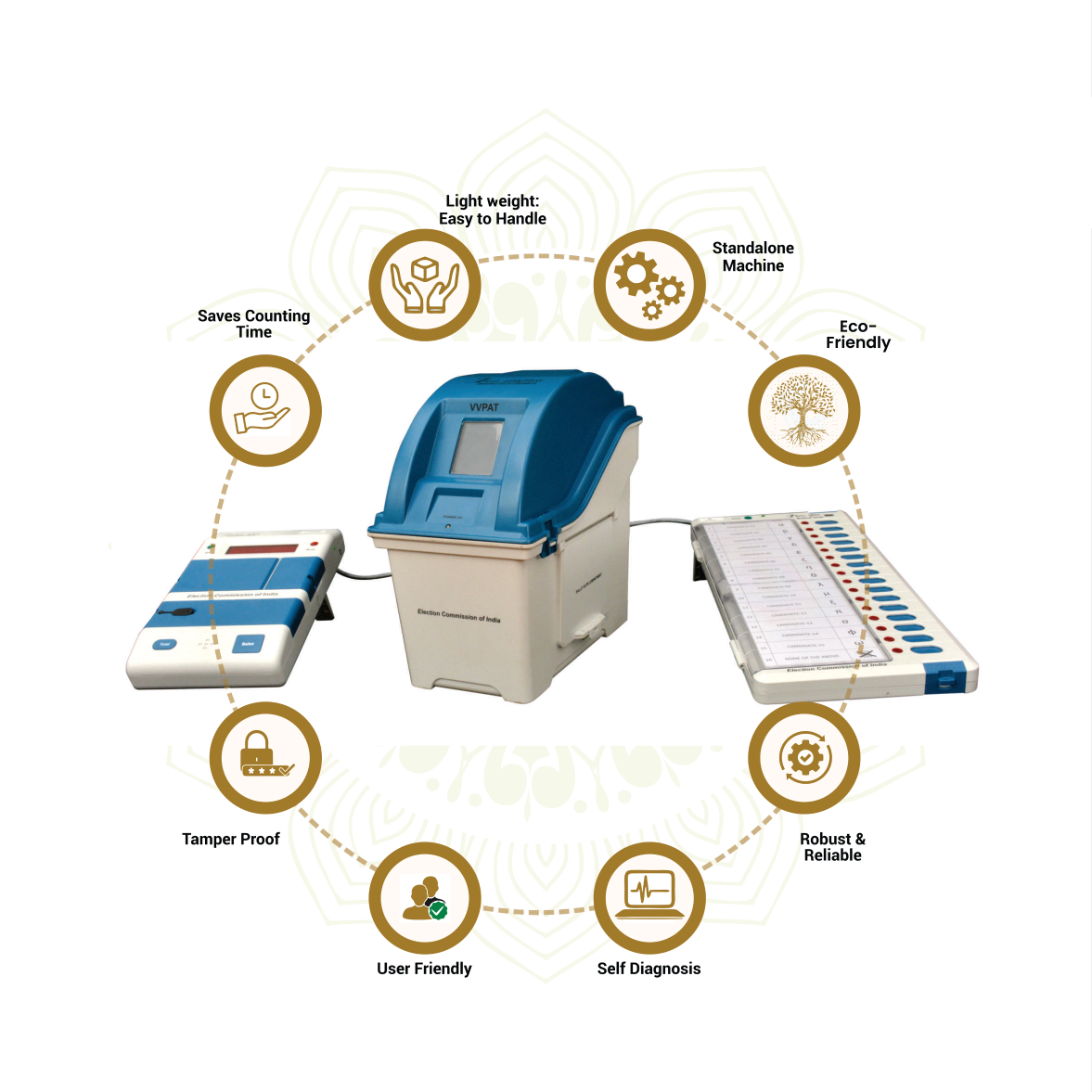
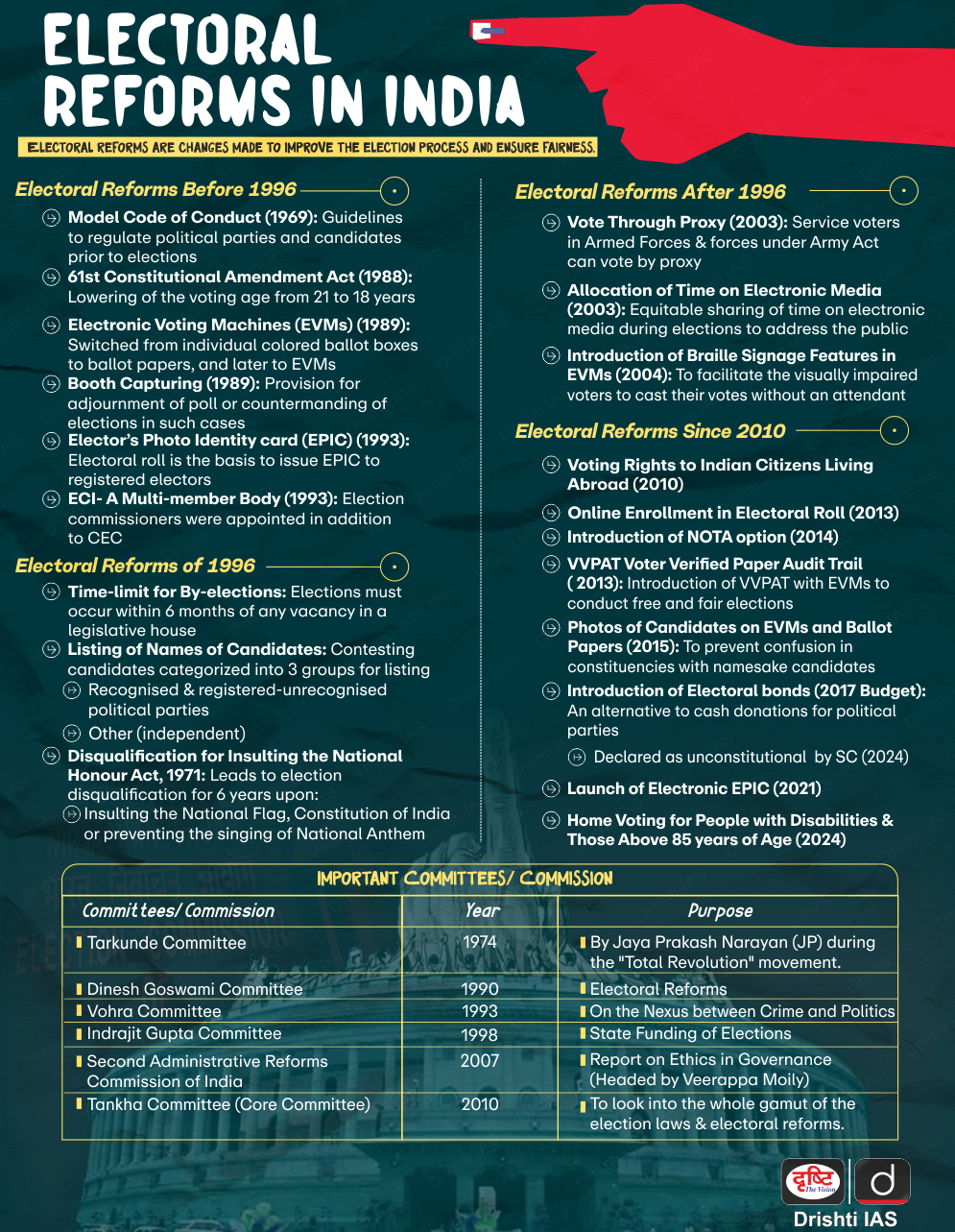

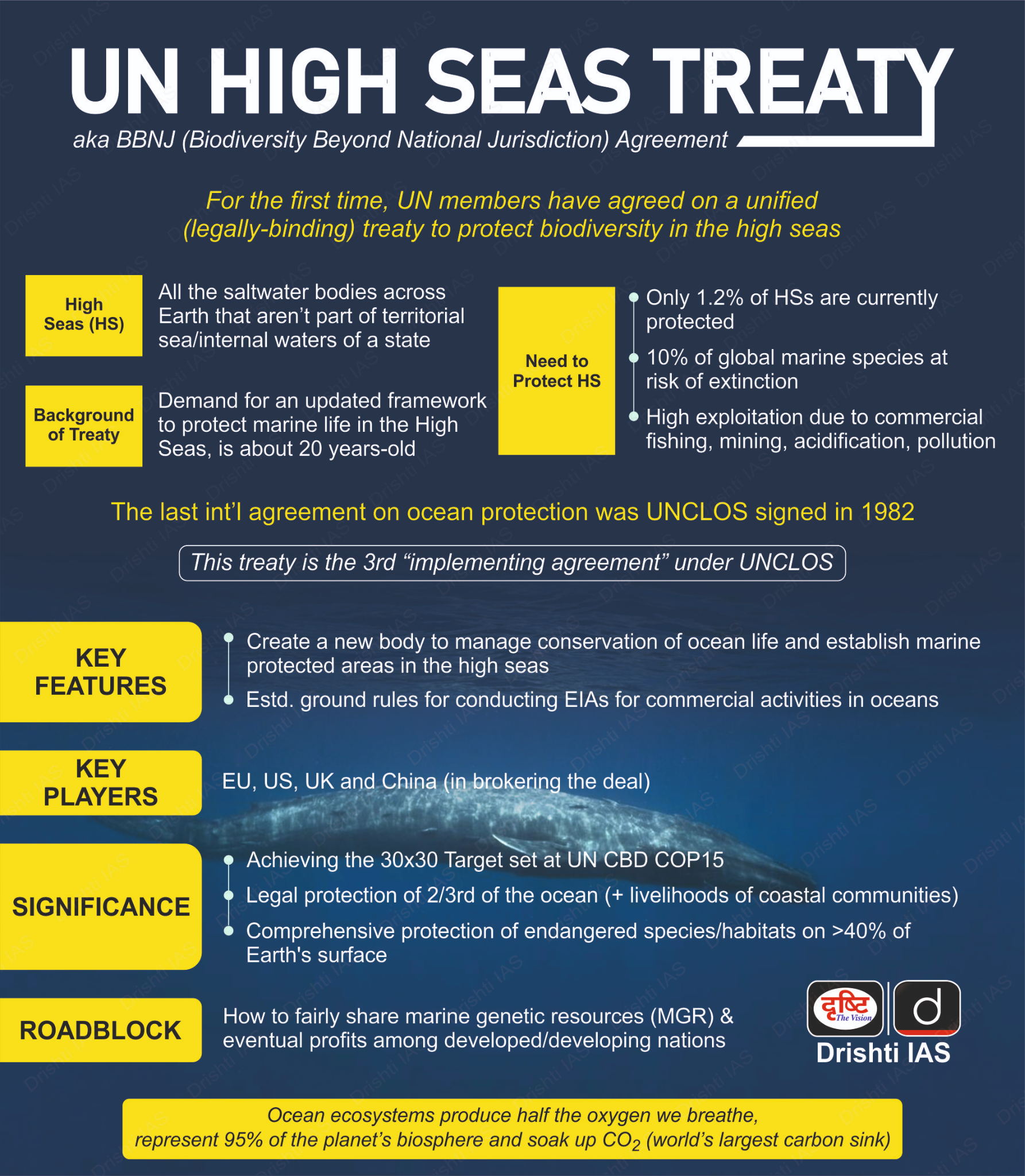
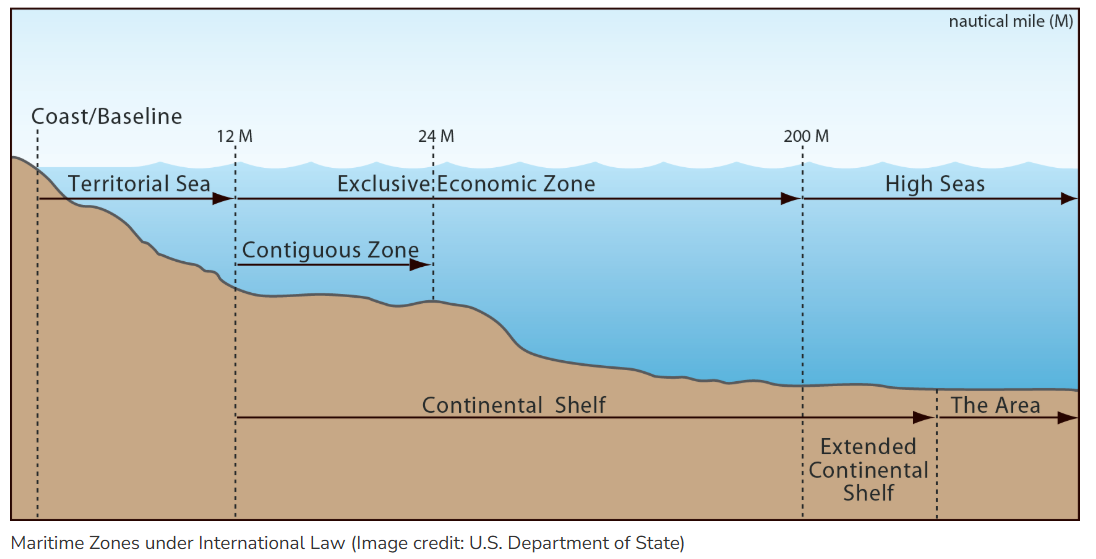
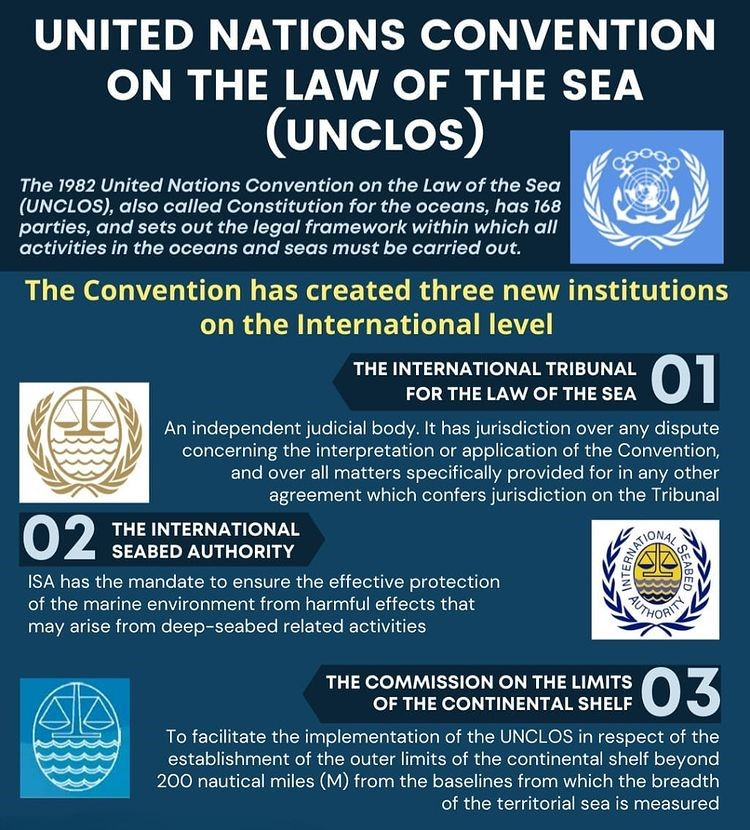
.png)
